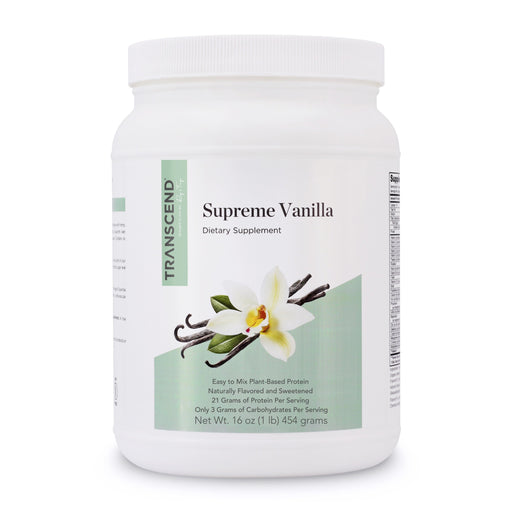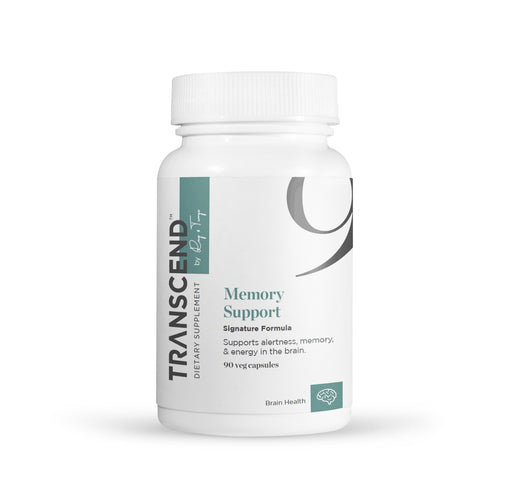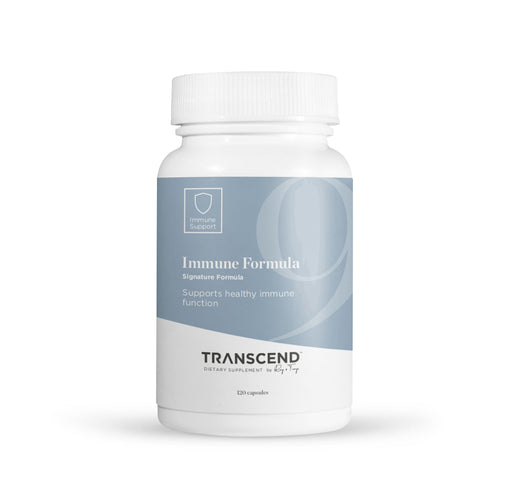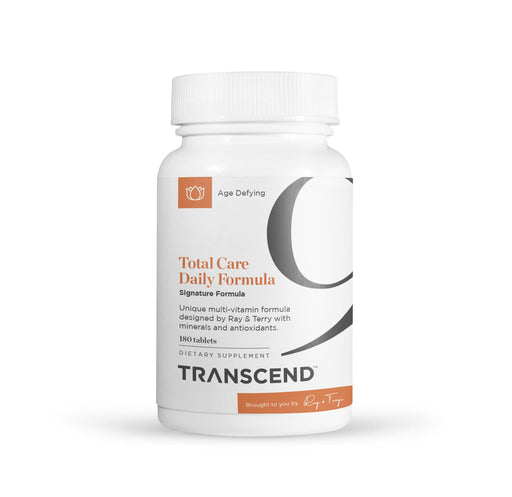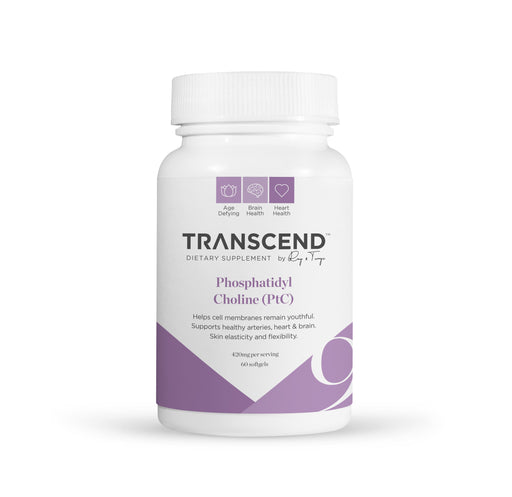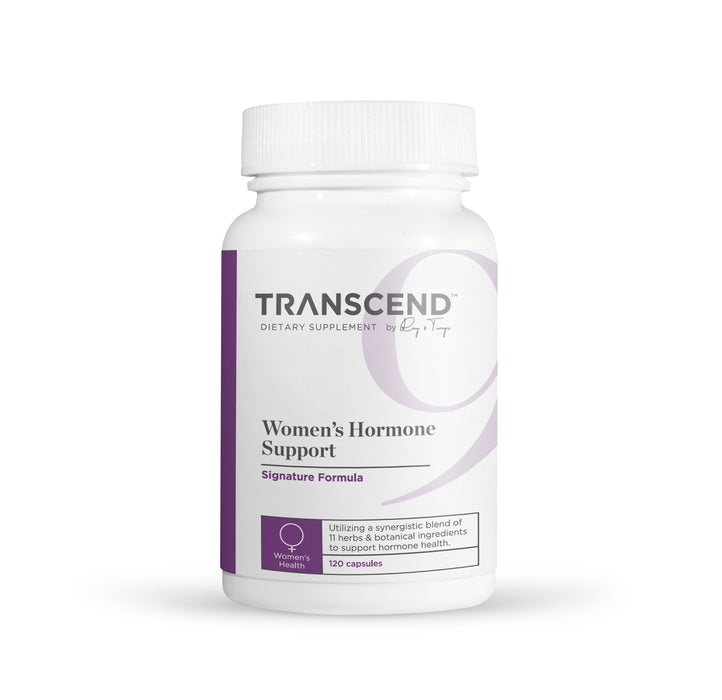
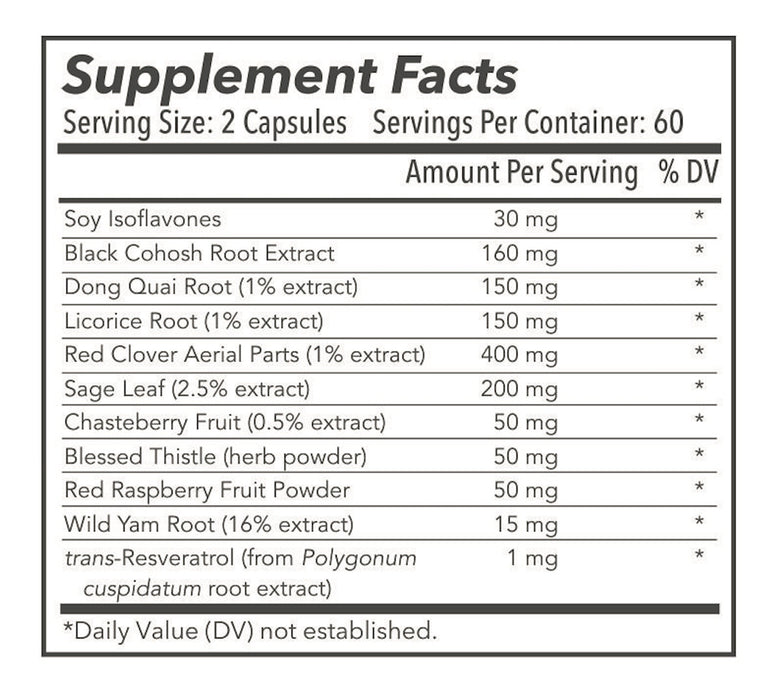
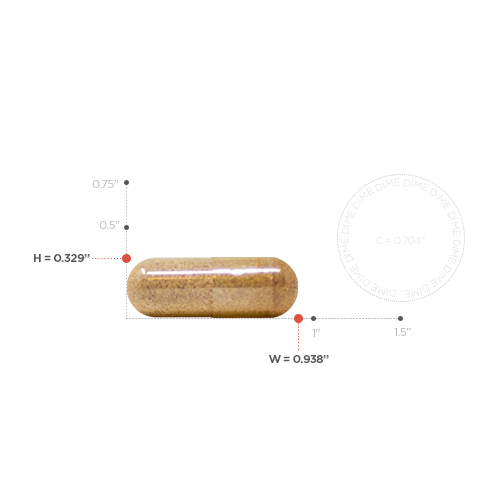
Women's Hormone Support
A Kurzweil + Grossman Formula
- Regulate hormone levels
- Increase energy
- Encourage weight loss
- Boost alertness
- Regulate mood
- Minimize hot flashes
In absolute terms, menopause simply means the end of menstruation. In actuality, menopause describes a long term change in hormone production that effectively signals the end of a woman's child-bearing years. As the ovaries slowly decrease production of estrogen and progesterone, the disrupted balance of hormones may cause a variety of symptoms to occur.
Most of the classic symptoms begin during the first stage of menopause, called perimenopause. The experience varies widely by individual, and some women do not experience any noticeable symptoms. However, others have pronounced symptoms and intense discomfort, which may be lessened by working to re-balance hormone levels in the body.
Hormone Replacement Therapy (HRT) uses prescription drugs to replace the hormones that the ovaries stop producing during menopause. Although HRT is usually effective in relieving menopause symptoms, there are potential dangers, including an increased risk of blood clots, stroke, and breast cancer. Many women seek other options to avoid these risks and the side effects.
It should also be noted that most of the major prescribed HRT medications do not provide bio identical human estrogen. Premarin ("PREgnant MARe urINe"), for example, is extracted from pregnant horses. In Fantastic Voyage, Ray Kurzweil and Terry Grossman, M.D. articulate the advantages of more natural approaches to hormonal support.
Our Women’s Hormone Support utilizes herbs and compounds known to help ease the symptoms of menopause and perimenopause, while still protecting the bones and cardiovascular system.
Other Ingredients:
Microcrystalline cellulose, gelatin, vegetable magnesium stearate and silicon dioxide.
ALLERGEN WARNING:
CONTAINS SOY (SOY ISOFLAVONES)
CAUTION:
Do not exceed recommended dose. Pregnant or nursing mothers, children under 18, and individuals with a known medical condition should consult a physician before using this or any dietary supplement.
WARNING:
This product is manufactured and packaged in a facility which may also process milk, soy, wheat, egg, peanuts, tree nuts, fish and crustacean shellfish.
Suggested Use:
As a dietary supplement, take two (2) capsules daily with a meal or as directed by a health care
professional. For best results, this product should be used for 4-5 weeks. Do not exceed two capsules daily.
Contains No: Yeast, Sugar, Starch, Artificial Colors, Flavors or Preservatives.
TRANSCEND's Women's Hormone Health contains 120 capsules per bottle.
*California residents – ingredients in this product may exceed Prop 65 limits and shipments’ contents may carry notice of this caution. Please contact support@transcend.me for further information.
The main ingredients of TRANSCEND's Women’s Hormone Support include:
Black Cohosh
Also known as squaw root, black cohosh has been shown to be safe and effective as an alternative HRT method.1 The root is commonly found in the forests of North America, and has been used for centuries as a natural remedy for a host of complaints. It helps counteract hot flashes, assists in calming occasional anxiety and moderating mood, and promotes healthy sleeping patterns. Studies have shown that black cohosh does not exhibit estrogenic activity, and will not increase breast cancer cells as do some traditional forms of HRT.
Red Clover & Soy Isoflavones
Isoflavones from soy and red clover have been used as alternatives to traditional hormone replacement therapy (HRT) because their molecules are similar to those of human estrogen. These phytoestrogens (plant-like estrogens) act as selective hormone receptor modulators (SERMs) which can mimic or oppose the action of the natural hormone. Research indicates that these plant substances may be safer than traditional HRT, and are unlikely to increase the risk of breast cancer.2
In a new controlled double-blind study, red clover reduced depression and anxiety symptoms in postmenopausal women by 50% or more over placebo.6 This simple natural extract has helped numerous women over the age of 40 feel better as their hormonal balances shift.
A decreased level of estrogen is the root of many of the uncomfortable symptoms of menopause, which can be ameliorated by consuming soy products or supplementing with isoflavones. These isoflavones help stimulate bone formation, reduce hot flash symptoms and support cardiovascular health.3
Dong Quai
When the body tries to throw off excess heat through vasodilation, or opening of blood vessels, hot flashes may occur. Hot flashes are a very common symptom of both perimenopause and menopause.
Dong Quai has been used in natural remedies for centuries and its active compounds work to stimulate blood flow and muscle relaxation. These properties may enable it to ease occasional night sweats and hot flashes.4
Vitex berry
Commonly referred to as chasteberry, vitex berry extract appears to have an indirect effect on certain hormones, particularly progesterone and prolactin. The berry may help ease occasional anxiety and support a balanced mood and has been used since the 1950s for hormone-related complaints including temporary breast tenderness and headaches associated with PMS.2
A blend of additional herbs and natural compounds, including wild Mexican yam, sage extract, and licorice team up to help ease various menopause-related discomforts and maintain a healthy balance
- Lieberman S. 1998. "A review of the effectiveness of Cimicifuga racemosa (black cohosh) for the symptoms of menopause." Womens Health. 1998 Jun;7(5):525-9.
- Powles T. 2004. "Isoflavones and women's health." Breast Cancer Res. 6(3):140-2.
- Beck V, Rohr U, Jungbauer A.. 2005. "Phytoestrogens derived from red clover: an alternative to estrogen replacement therapy?" J Steroid Biochem Mol Biol. Apr;94(5):499-518.
- Hardy ML. Herbs of special interest to women. J Am Pharm Assoc (Wash). 2000 Mar-Apr;40(2):234-42.
- Roemheld-Hamm, M.D., Ph.D., Beatrix. 2005. "Chasteberry." American Family Physician. 72(5)821:826.
- Lipovac M. et al, March 2010. “Improvement of postmenopausal depressive and anxiety symptoms after treatment with isoflavones derived from red clover extracts.” Maturitas.
Volume 65, Issue 3, Pages 258-261.
Abstract: http://www.ncbi.nlm.nih.gov/


